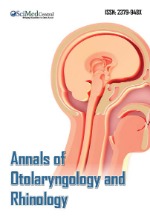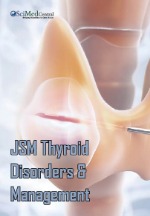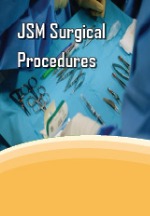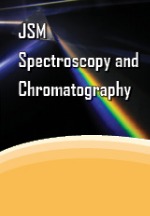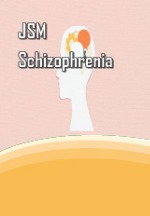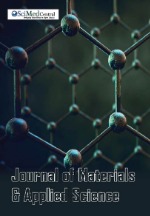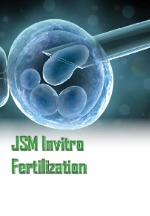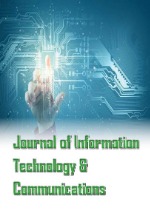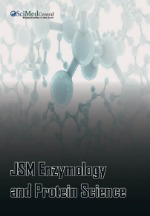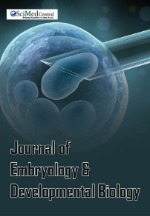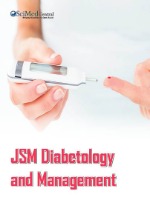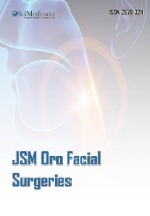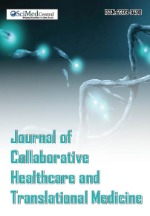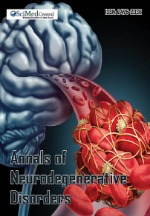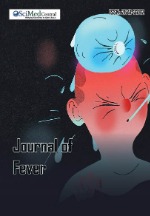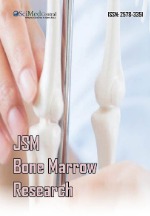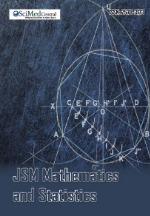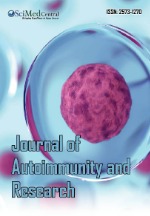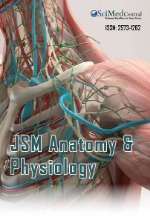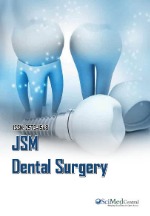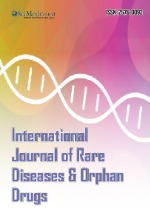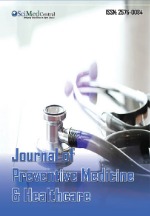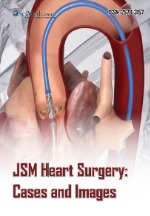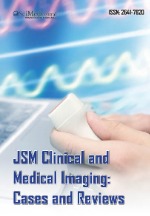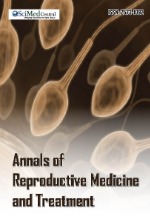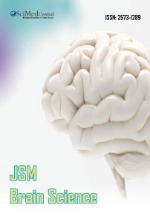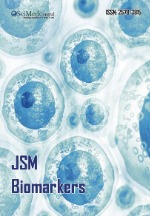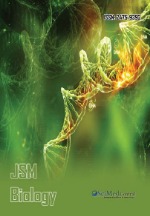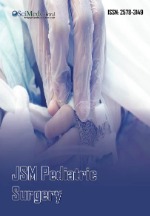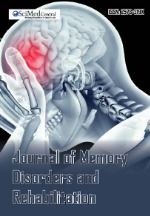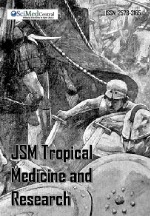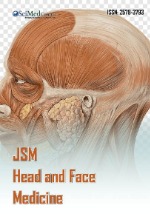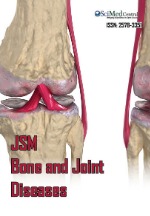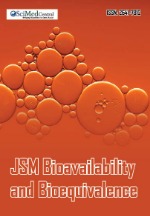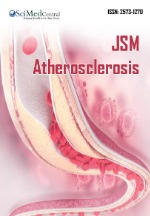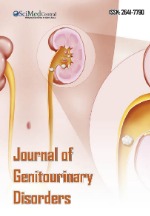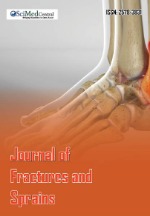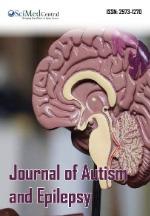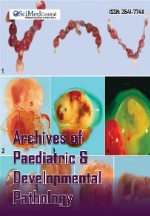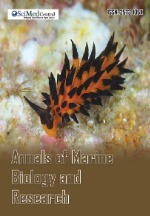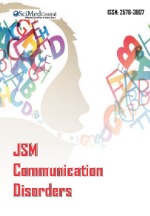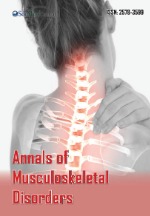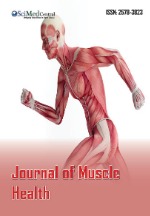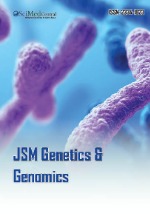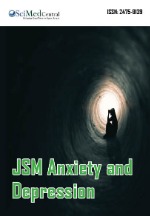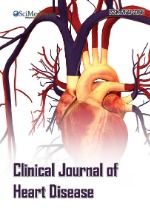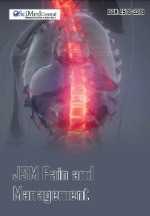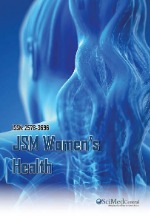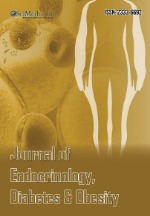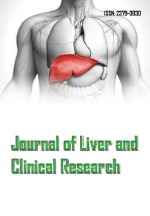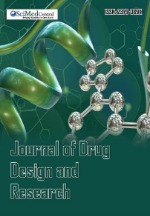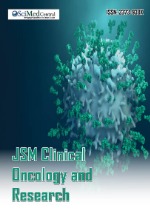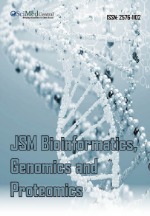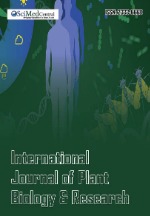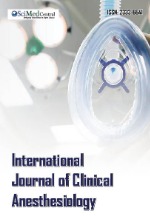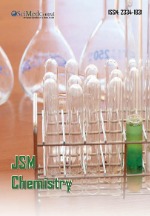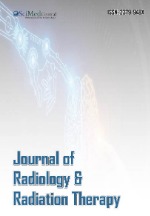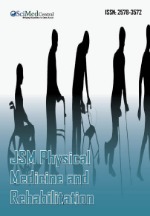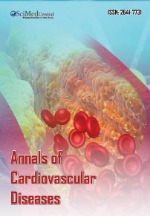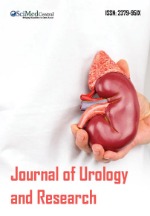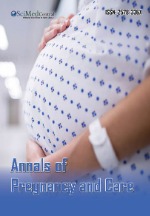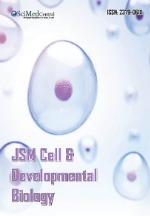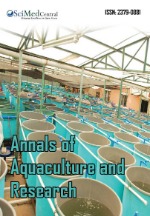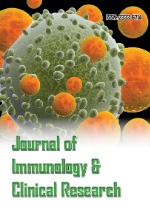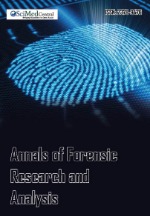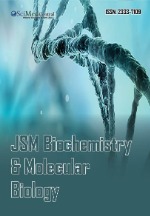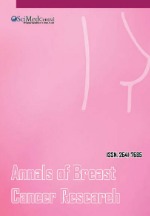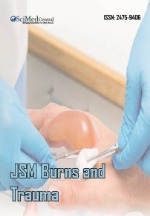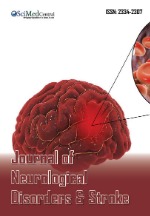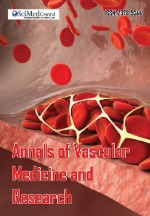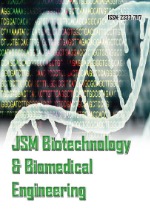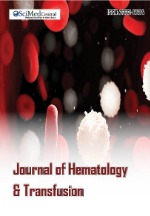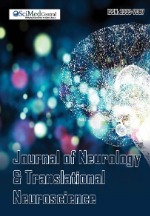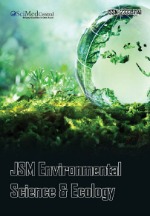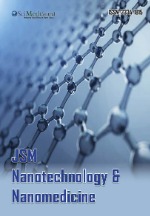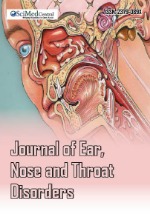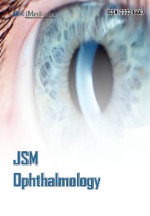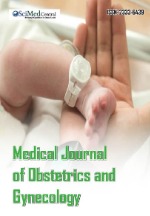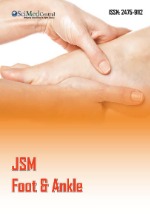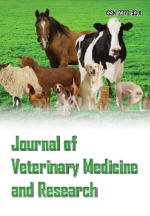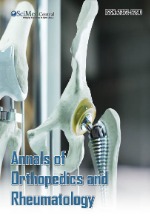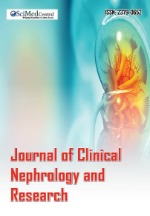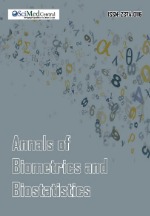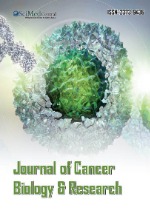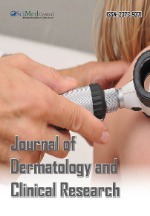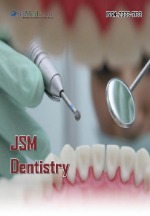Reply to the
- 1. Department of Physics, National Institute of Technology Mizoram, India
- 2. Department of Physics (Science and Humanities), Bharat Institute of Engineering and Technology Hyderabad, India
- 3. Department of Physics, Siksha O Anusandhan (Deemed to be University) Bhubaneswar, India
- 4. Department of Physics, University of Hyderabad, India
Abstract
This response mainly deals with the scientific description of the comments on the structural analysis of the Bi(Co0.5Ti0.5)O3 –BiFeO3 solid-solution as discussed in our publications (published compound; RSC Adv., 2018, 8, 36939). The newly developed cobalt and titanium modified BiFeO3 [i.e., Bi(Co0.40Ti0.40Fe0.20)O3 ] solid solution was synthesized via simple cost effective solid-state technique, and numerous sets of studies (structural, elemental, electrical, leakage current, multiferroic and other properties) were investigated and reported. The ingredients Bi2 O3 , CoO, TiO2 and Fe2 O3 are taken stoichiometrically to create a singlephase solid solution/ compound. However, in the commented published article, the formation of the structural equation is unethical and inconsistent. The analysis, lacking additional characterizations, holds no scientific value.
Keywords
• Bismuth ferrite
• Solid-state technique
• Single-phase
• Stoichiometry
• POWDMULT
Citation
Kumar N, Shukla A, Kumar N, Choudhary RNP, Kumar A (2024) Reply to the ‘Comment on “Structural, Electrical, and Multiferroic Characteristics of Lead-Free Multiferroic: Bi(Co0.5Ti0.5)O3 –BiFeO3 solid-solution”’ by P. E. Tomaszewski, RSC Adv., 2022, 12, DOI: 10.1039/D1RA08415A. Chem Eng Process Tech 9(1): 1086.
INTRODUCTION
The present manuscript mainly deals with the scientific incorrectness raised by Pawe? E. Tomaszewski [1] on our published article [2]. The published article has reported preliminary structural and detailed physical properties of cobalt and titanium-modified BiFeO3 [i.e., Bi(Co0.40Ti0.40Fe0.20)O3 compound] solid solution synthesized via a simple cost effective solid-state technique [2]. The basic used ingredients (Bi2 O3 , CoO, TiO2 and Fe2 O3 ) were taken to satisfy the required chemical/ stoichiometry composition to form a single-phase solid solution/ compound [2], whereas the claimed article [1] suggests the biphasic or multi-phase formation of the same ingredients does not satisfy. The suggested bi-phasic system requires different ingredients/chemical compositions.
Our comments concern the major errors in the crystallographic domain of the commented paper. It suggested that the studied crystal is of the sillenite type and the chemical formula is Bi25FeO39 [1]. The following key points are the better response to the commented article [1] for the readers to understand. For the published article [RSC Advances, 8 (2018) 36939 – 36950] the following chemical reaction took place to synthesize the compound at an ambient pressure under controlled heating and cooling cycles [2].
After synthesizing the material, the structural data of the calcined powder were recorded using a powder X-ray diffractometer. The preliminary structural analysis, including the lattice parameters and crystal system, was conducted using limited X-ray diffraction data with the widely used ‘POWDMULT’ software [3-6].
Figure 1: Room temperature XRD pattern of Bi(Co0.40Ti0.40Fe0.20)O3 material. The figure was collected and represented from the journal “RSC Advances, 8 (2018) 36939” .
From the XRD pattern [Figure 1 of the RSC Advances, 8 (2018) 36939], it is clear that almost all the reflection peaks (including looks like splitted ones) have been indexed in a single phase (based on the best agreement between experimental and calculated inter planar distance and minimum standard deviation system using the above software. The lattice parameters, average crystallite size, cell volume, and micro-strain value are strongly affected by the addition of Co and Ti into the bismuth ferrite. The significant enhancement in the various parameters (i.e., electrical, multiferroic, and so on) values of Bi(Co0.40Ti0.40Fe0.20)O3 ceramics may offer a promising candidate for the development of new-generation electronic devices.
It should also be noted that different indexing software developed for analyzing the powder XRD data may yield varying results. Therefore, it is necessary to specify the software used, which has not been done in the commented paper. However, while our findings indicate a single phase based on the best agreement between experimental and calculated interplanar distances and the minimum standard deviation, the possibility of a bi-phasic or multiphasic nature cannot be ruled out according to other computational software analyses. We have used ingredients based on the assumption of a single-phase structure. However, the suggestion by the commenter [Pawe? E. Tomaszewski] for a bi-phasic/multi-phase structure would require different quantities of ingredients and a different chemical composition.
Additionally, it's important to note that advanced computer software is now used for the structural analysis of ceramic samples and single crystals due to the complexity of both known and unknown material structures. It is known that, unlike single crystals, the complete symmetry and structure of ceramic specimens, especially complex ones, cannot be accurately determined using only limited powder X-ray diffraction data. It is also recognized that there are numerous differences in the preparation and characterization of single crystals and ceramics, particularly regarding their structural aspects. Moreover, it should be noted that the current study is based on ceramic samples.
The stated structural data indicate that the addition of Co/ Ti has altered the basic structure of BiFeO3 from perovskiterhombohedral to orthorhombic symmetry. Most of the peaks, except for a few low-intensity ones, were indexed within the chosen system. Consequently, the new unit cell dimensions reflecting the distorted symmetry have been determined and are presented in the reported paper [2]. The described software is extensively used by various research groups [7-11]. The determined structure of the compound is always validated by assessing its consistency with the physical properties of the material, a process carried out in the reported work [2].
Additionally, there are numerous reports demonstrating peak splitting within single-phase systems [10]. For instance, in tetragonal and orthorhombic systems, certain higher-angle reflections exhibit peak splitting, often referred to as tetragonal/ orthorhombic splitting [5,12,13].
The majority of significant reflections from the reported compound have been successfully indexed with the lowest standard deviation, indicating a single-phase structure. Therefore, suggesting a bi-phasic or multiple-phase composition may not be appropriate given its properties. In conclusion, it's widely acknowledged that even slight variations in composition significantly impact the structural and electrical properties of ceramic specimens, with each composition yielding novel and significant results. The chemical formula for the proposed sillenite-type compound by Pawe? E. Tomaszewski is not explicitly provided or discussed in the comments.
A quantitative comparison with the sillenite structure from the literature, as well as a comparison with the proposed structures, is necessary to assert their similarity. The validity of the proposed compound, chemical reaction, and the commenter's chemical composition remains unknown, adding to the mystery surrounding the discussion.
Comprehensive studies of both crystal structure and physical characteristics, supported by accurate data, are essential given the close relationship between them. Ultimately, it can be inferred that the crystal symmetry of the published compound differs significantly from the proposed ones by Pawe? E. Tomaszewski. Due to the disparity between the presented and proposed compounds, it's not feasible to compare the structural data of the proposed compound with those of the published ones [2,4-6]. Based on the scientific evidence and key points presented above, it can be concluded that the comments regarding the structural aspect of our published work lack merit and are not acceptable.
REFERENCES
- Pawe? E Tomaszewski. Comment on “Structural, electrical, and multiferroic characteristics of lead-free multiferroic: Bi(Co0.5Ti0.5) O3–BiFeO3 solid solution” by N. Kumar, A. Shukla, N. Kumar, R.N.P. Choudhary and A. Kumar, RSC Adv., 2018, 8, 36939”. RSC Adv. 2022; 12: 30008-30010.
- Kumar N, Shukla A, Kumar N, Choudhary RNP, Kumar A. Structural, Electrical and Multiferroic Characteristics of Lead-Free Multiferroic: Bi(Co0.5Ti0.5)O3–BiFeO3Solid Solution. RSC Adv. 2018; 8: 36939 – 36950.
- Park B. An interactive powder diffraction data interpretation and indexing program version 2.1, E. WU School of Physical Sciences, Flinders University of South Australia, SA 5042.
- Kumar N, Shukla A, Kumar N, Choudhary RNP, Kumar A, Reply to comment on “Structural, Electrical and Multiferroic Characteristics of Lead-Free Multiferroic: Bi(Co0.5Ti0.5)O3–BiFeO3 Solid Solution, RSC Adv. 2018; 8: 36939-36950.
- Shukla A, Kumar N, Behera C, Choudhary RNP. Reply to comment on ‘‘Structural, dielectric, and magnetic characteristics of Bi(Ni0.25Ti0.25Fe0.50)O3 ceramics’’ [J. Mater. Sci.: Mater. Electron. 27, 1209 (2016)]; ‘‘Structural and electrical characteristics of (Co, Ti)- modified BiFeO3’’ [J. Mater. Sci.: Mater. Electron. 27, 7115 (2016)]; ‘‘Structural, electrical, and magnetic characteristics of Ni/Ti-modified BiFeO3 lead-free multiferroic material’’ [J. Mater. Sci.: Mater. Electron. 28, 6673 (2017)]. J Mater Sci: Mater Electron. 2022; 16: 12566- 12570.
- Kumar N, Shukla A, Kumar N, Agarwal R, Choudhary RNP. Response/ refutation to the comments and concerns of correspondence on published papers: Ceramics International 45, 822 (2019) and Ceramics International 47, 22147 (2021). Ceram Internl. 2022; 48: 8789–8789.
- Zheng T, Wu J. Quenched bismuth ferrite-barium titanate lead-free piezoelectric ceramics. J Alloys Compounds. 2016; 676: 505-512.
- Sharma S, Hall DA, Sinha A. Investigation of BiFeO3 modified PbTiO3- Bi(MgZr)O3-based complex perovskite ceramics. Mat Res Bulletin. 2009; 44: 1405-1410.
- Barik SK, Ahmad S, Kumar N. Structural, thermal, electrical and magnetic features of a new lead-free electronic material: (SbLi)1/2(Fe2/3W1/3)O3. Mat Chem Physics. 2020; 241: 122393.
- Ahmed S, Barik SK. Enhanced electric and magnetic properties of (BiLi)1/2(Fe2/3W1/3)O3 multiferroic as compared to BiFeO3. Ceram Internl. 2016; 42: 5659-5667.
- Sosnowska I, Azuma M, Przenios?o R, Wardecki D, Chen WT, Oka K, et al. Crystal and Magnetic Structure in Co-Substituted BiFeO3, Inorg Chem. 2013; 52: 13269-13277.
- Holder CF, Schaak RE. Tutorial on Powder X-ray Diffraction for Characterizing Nanoscale Materials. ACS Nano. 2019; 13: 7359-7365.
- Jeremy Karl Cockcroft & Paul Barnes, Powder Diffraction on the Web, School of Crystallography, Birkbeck College, University of London, ©Copyright 1997-2006.



